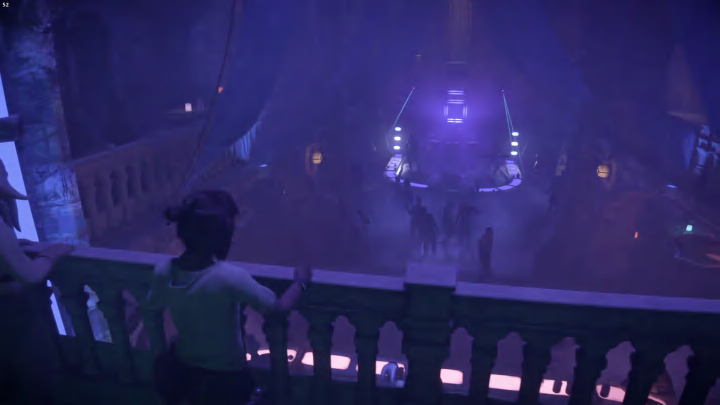Star Wars Outlaws PC settings for best performance

Star Wars Outlaws is a beautiful game, truly making the most of the current generation of hardware on both console and PC. Outlaws looks gorgeous on console with the right graphics settings, and if you’ve got a beefy enough PC, you can go even further.
In this guide we’ll go over the best settings to set in the PC version of Star Wars Outlaws to get the most out of your hardware and hopefully hit a rock-solid frame rate.
To get the most out of the PC version of Star Wars Outlaws, you’ll want to have a pretty beefy system. Ray tracing is pretty much always on in Outlaws, and it runs a lot better on cards from Nvidia’s 30-series cards and later. In terms of CPU, a 6-core CPU released in the last three or four years is probably ideal, too, because the NPC-heavy areas like underworld bars and cantinas can tax out your processor pretty hard.
Star Wars Outlaws: Best PC settings for performance
If you’re finding your frame rates are lower than you’d like, consider tinkering with Nvidia RTX Direct Lighting and Ray Reconstruction, both of which have a huge impact on performance. Frame generation can help you claw back some frames, but you’re probably not going to avoid the frame skipping during traversal.
You can get away with having most ray tracing features turned on if you’ve got a recent RTX card, as they have little impact on performance, but you’ll want to keep your resolution on the lower side, unless you’re swimming in VRAM. With DLSS Quality mode at Max settings, we saw VRAM usage at just about 13GB, but DLAA pushed it above 15GB.
Here are our recommended settings for Star Wars Outlaws on PC:
- Environment Reflection Quality: High
- Fog Blur: On
- Microdetail Quality: High
- Particle Quality: Medium
- Scatter Density: High
- Shadow Quality: High
- Shadow Proxies: On
- Spotlight Shadows: Max
- Spotlight Shadow Quality: Ultra
- Deformable Terrain Quality: Ultra
- Lens and Cinematic Effects: Ultra
- Extra Streaming Distance: 100
- Object Detail: 100
- Destruction Quality: High
- Spotlight Projection Resolution: 512
- Terrain Tesselation: Ultra
- Raytraced Contact Shadows: High
- Raytraced Diffuse Reflections: Ultra
- Raytraced Diffuse Reflection Resolution: Medium
- Raytraced Specular Reflections: High
- Raytraced Specular Reflection Resolution: High
- BVH Quality: High
- Volumetric Fog: Medium
- Volumetric Clouds: High
- Nvidia RTX Direct Lighting: Off
- Ray Reconstruction: Off
- Upscaler: DLSS/FSR on Quality Mode
These settings gave us a 60% performance boost at 1440p, with frame rates of up to 120fps. Our system is running an AMD Ryzen 7 3700X, a Nvidia RTX 4080, and 32GB of DDR4 3200 MHz RAM. You’re free to tweak some settings to your liking, like depth of field, cinematic effects, and aspect ratio without affecting performance. Other settings can be tweaked here and there, but how you do so is up to your discretion.
